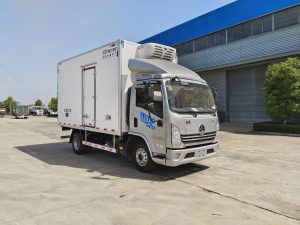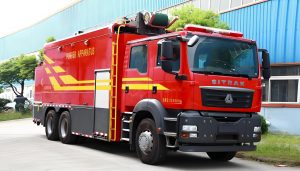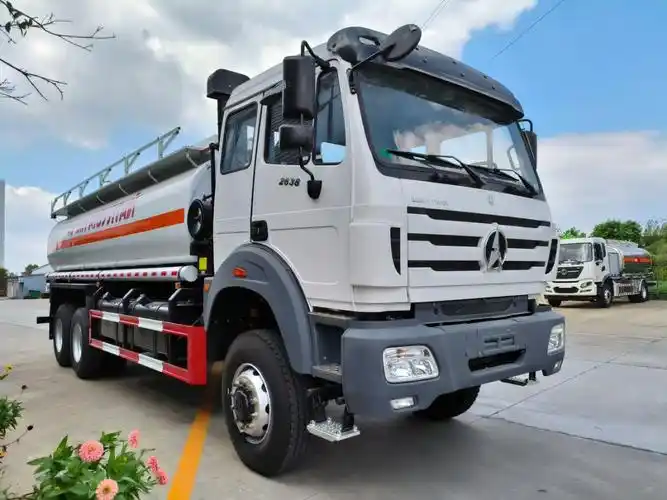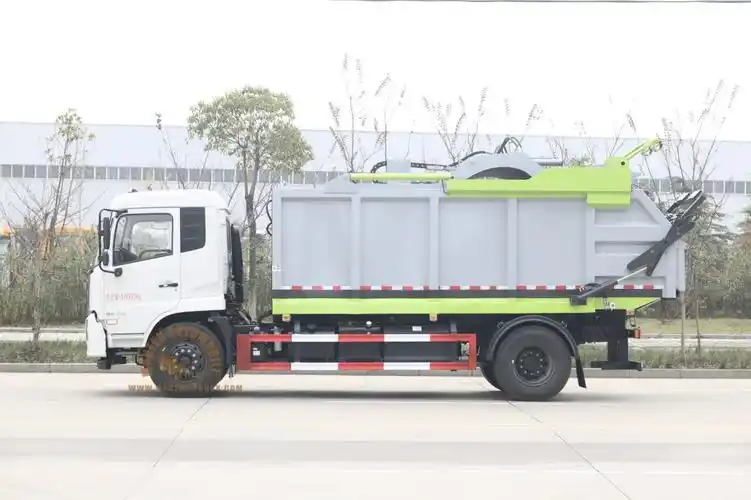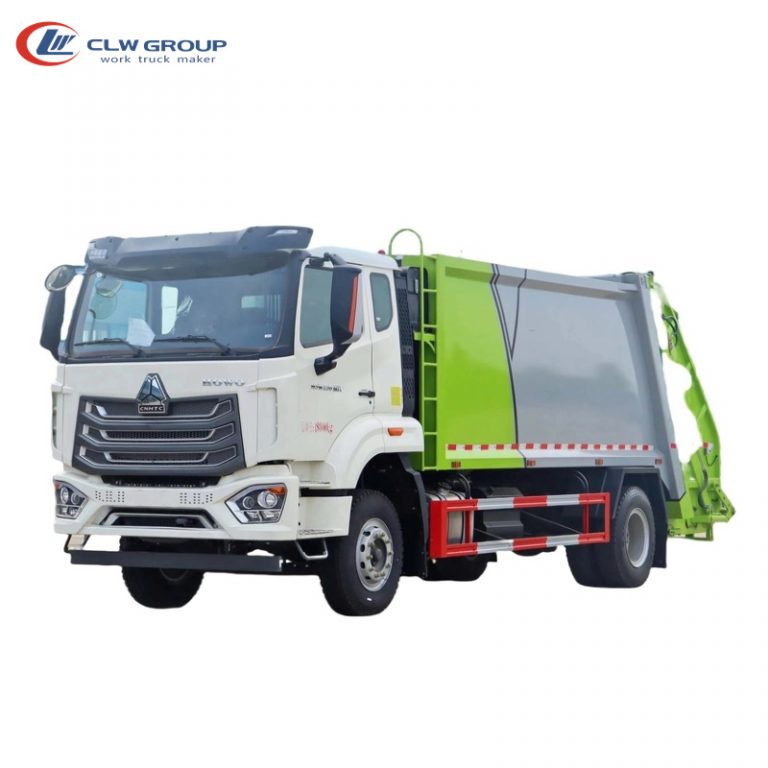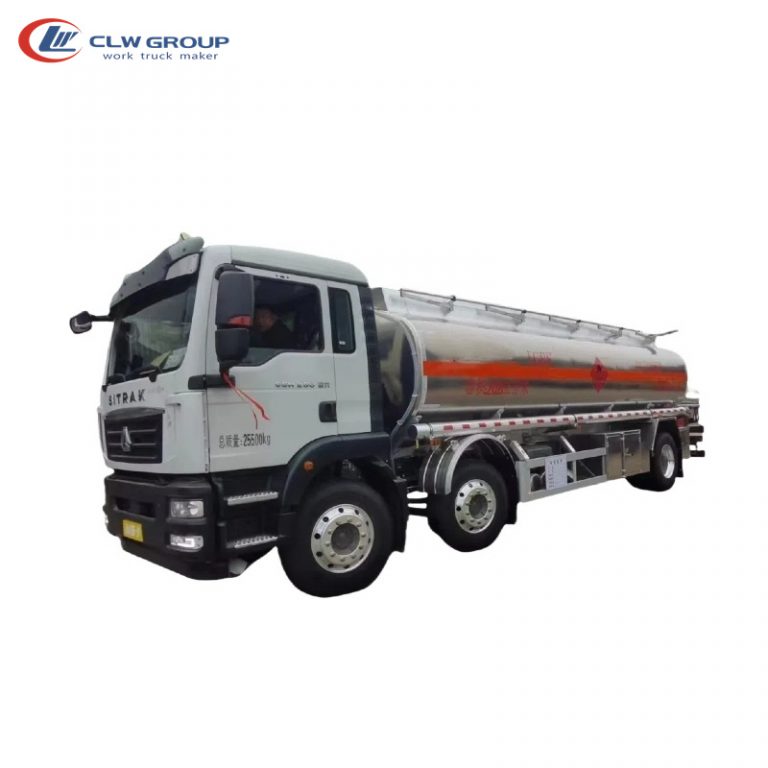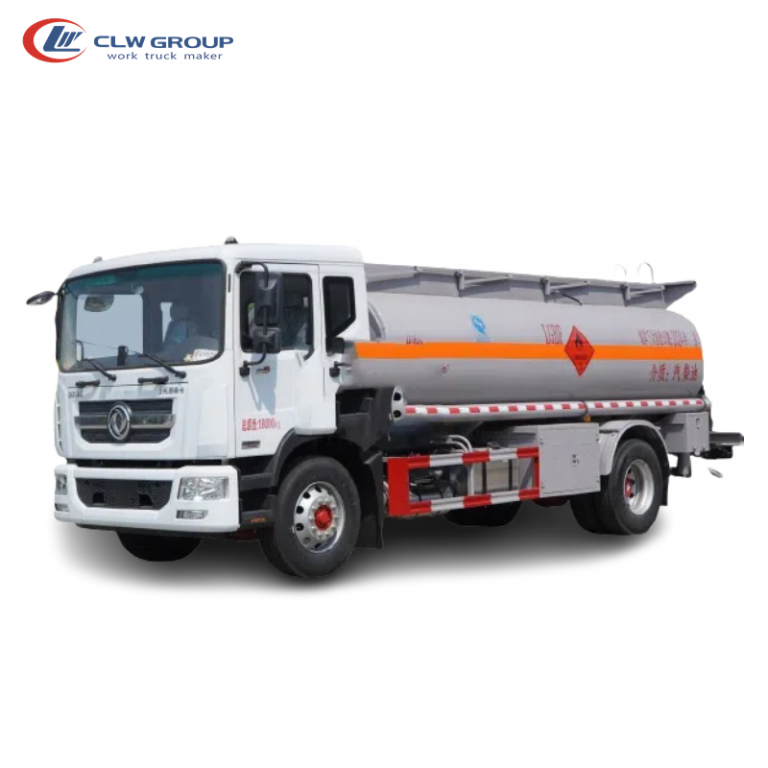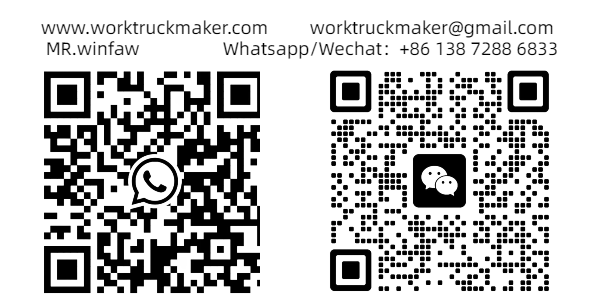Table of Contents
ToggleTanker trucks are among the most specialized and critical vehicles in global logistics. Designed to transport liquids, gases, or dry bulk materials, these heavy-duty vehicles ensure the efficient movement of essential resources—from fuel and chemicals to food-grade products. This comprehensive guide explores the anatomy of tanker trucks, their diverse applications, safety protocols, and their evolving role in modern industries.

What Is a Tanker Truck?
A tanker truck is a commercial vehicle equipped with a large storage tank to transport liquids, gases, or powdered substances. Unlike standard cargo trucks, tankers are engineered to handle materials that require secure containment, temperature control, or pressure regulation. Their design varies widely depending on the cargo type, with features like baffles (internal partitions), insulation, or specialized linings to prevent contamination or chemical reactions.
Types of Tanker Trucks and Their Applications
Tanker trucks are categorized based on their cargo, design, and regulatory requirements. Below are the most common types:
- Fuel Tankers
Fuel tankers transport gasoline, diesel, aviation fuel, and other petroleum-based products. These tankers are often segmented into multiple compartments to carry different fuel grades simultaneously. Safety features include flame arrestors, grounding straps to prevent static sparks, and reinforced tanks to withstand high-pressure loading. - Chemical Tankers
Used in the chemical industry, these tankers carry hazardous materials like acids, solvents, or liquefied gases. They are constructed from corrosion-resistant materials such as stainless steel or polyethylene and may include double-walled tanks for leak prevention. Drivers handling chemical tankers require specialized training and certifications. - Food-Grade Tankers
These tankers transport consumable liquids like milk, cooking oils, liquid sweeteners, or beverages. Hygiene is paramount, so tanks are lined with food-safe coatings and rigorously cleaned between loads. Many food-grade tankers also feature temperature control systems to preserve perishable goods. - Dry Bulk Tankers
Unlike liquid carriers, dry bulk tankers move powdered or granular materials like cement, flour, or sand. They use pressurized systems or gravity to load and unload cargo through pneumatic hoses. - Cryogenic Tankers
Designed for transporting liquefied gases (e.g., liquid nitrogen, oxygen, or LNG) at extremely low temperatures, cryogenic tankers have vacuum-insulated tanks to maintain cargo integrity. These are vital in medical, industrial, and energy sectors. - Water Tankers
Used for potable water delivery, irrigation, or firefighting, water tankers are simpler in design but crucial in disaster relief and rural areas with limited water infrastructure.
Design and Engineering Features
Modern tanker trucks incorporate advanced engineering to meet safety and efficiency demands:
- Baffled Tanks: Internal partitions reduce liquid sloshing during transit, improving vehicle stability.
- Pressure and Vacuum Systems: Critical for gases or volatile liquids to prevent leaks or explosions.
- Load Sensors: Monitor cargo weight distribution to comply with road safety regulations.
- Anti-Rollover Technology: Advanced stability control systems mitigate the risk of tipping, a common hazard for high-center-of-gravity vehicles.
Safety Challenges and Best Practices
Tanker truck operations involve inherent risks due to the nature of their cargo. According to the National Transportation Safety Board (NTSB), tanker-related incidents account for a significant percentage of hazardous material spills. Key safety measures include:
1. Driver Training and Certification
Drivers must complete Hazardous Materials Endorsement (HME) training in the U.S., covering emergency response, load security, and route planning. Regular refresher courses ensure compliance with evolving regulations like the Hazardous Materials Regulations (HMR).
2. Routine Maintenance
Faulty valves, worn hoses, or tank corrosion can lead to catastrophic failures. Pre-trip inspections and scheduled maintenance are non-negotiable. For example, the Department of Transportation (DOT) mandates annual tank testing for vehicles carrying hazardous materials.
3. Emergency Preparedness
Tanker trucks must carry spill kits, fire extinguishers, and emergency shutdown systems. Drivers are trained to isolate leaks, evacuate zones, and communicate with first responders using protocols from agencies like the EPA or OSHA.
4. Route Optimization
GPS tracking and route-planning software help avoid low-clearance bridges, congested areas, or environmentally sensitive zones. Some states restrict tanker trucks from certain roads to minimize community risk.
The Role of Tanker Trucks in Global Supply Chains
Tanker trucks are indispensable in industries that rely on just-in-time delivery:
- Energy Sector: Fuel tankers supply gas stations, airports, and manufacturing plants. The rise of renewable energy has also increased demand for biofuels transport.
- Agriculture: Fertilizers, pesticides, and liquid feed are distributed via tankers to farms.
- Healthcare: Medical oxygen tankers became lifelines during the COVID-19 pandemic.
- Construction: Cement mixers and asphalt tankers support infrastructure projects.
Environmental and Regulatory Trends
As sustainability gains momentum, tanker truck operators face stricter emissions standards. Electric and hydrogen-powered tankers are emerging, though adoption is slowed by high costs and limited charging infrastructure. Meanwhile, governments are tightening rules on spill prevention and driver working hours to enhance road safety.
The Future of Tanker Trucks
Innovations poised to reshape the industry include:
- Autonomous Driving: Self-driving tankers could reduce human error, a leading cause of accidents. Companies like TuSimple are testing autonomous freight trucks for long-haul routes.
- Smart Tanks: IoT-enabled sensors monitor cargo temperature, pressure, and contamination in real time.
- Lightweight Materials: Composite tanks reduce vehicle weight, improving fuel efficiency without compromising strength.
Conclusion
Tanker trucks are the unsung heroes of modern commerce, enabling the safe and efficient transport of resources that power economies. As technology evolves, the industry must balance operational efficiency with safety and environmental responsibility. For businesses, partnering with reputable tanker truck services—equipped with state-of-the-art vehicles and rigorously trained staff—is key to maintaining resilient supply chains.

